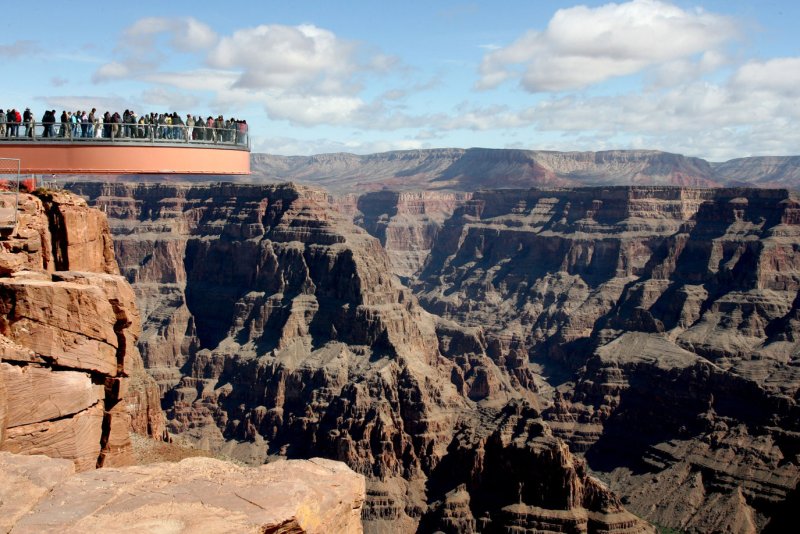ALBUQUERQUE, Jan. 27 (UPI) -- Certain sections of the Grand Canyon may be only five to six million years old, while other sections date back 70 million years.
A new study suggests that certain segments of the canyon are indeed 70 million years old, but the canyon was completely formed only a few million years ago. Earlier research had suggested the canyon was carved out in its entirety 70 million years ago at the same location and depth as it currently stands.















